Episode 209: Email Features, Trends and Personalisation
Welcome to HubShots Episode 209: Email Features, Trends and Personalisation This episode we discuss email features, trends and personalisation along...
26 min read
XEN Systems 15 May 2020 9:52:50 AM
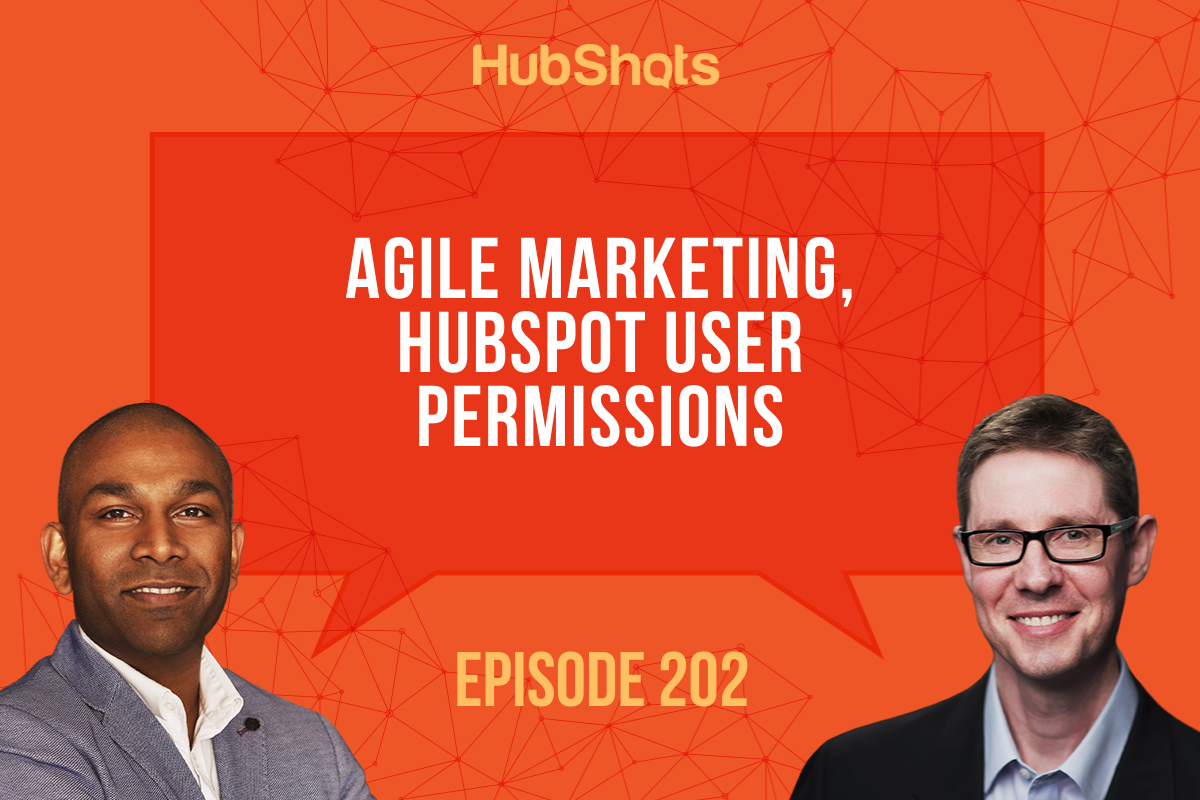
This episode we chat about Agile marketing, HubSpot Email Analysis tools, Task Queues and Improved permissions.
Listen to the episode here: https://soundcloud.com/hubshots/202-agile-marketing-hubspot-user-permissions
Welcome to HubShots - APAC's number 1 HubSpot focussed podcast - where we discuss HubSpot tips & tricks, new features, and strategies for growing your marketing results.
HubShots, the podcast for marketing managers and sales professionals who use HubSpot, hosted by Ian Jacob from Search & Be Found and Craig Bailey from XEN Systems.
Recorded: Thursday 07 May 2020 | Published: Friday 15 May 2020
Reminder: We are on YouTube - which may be of interest to you if you have YT open most of the day on your third monitor.
A favour to ask - would you please Like and leave a comment on our LinkedIn post about our 200th Episode.
Scott Brinker on his Chief Marketing Technology blog post analyses how Agile Marketing is on the rise.
He mentions the new 3rd Annual State of Agile Marketing report from Agile Sherpas.
A quick oversimplification of agile marketing:
A few interesting points from the report:
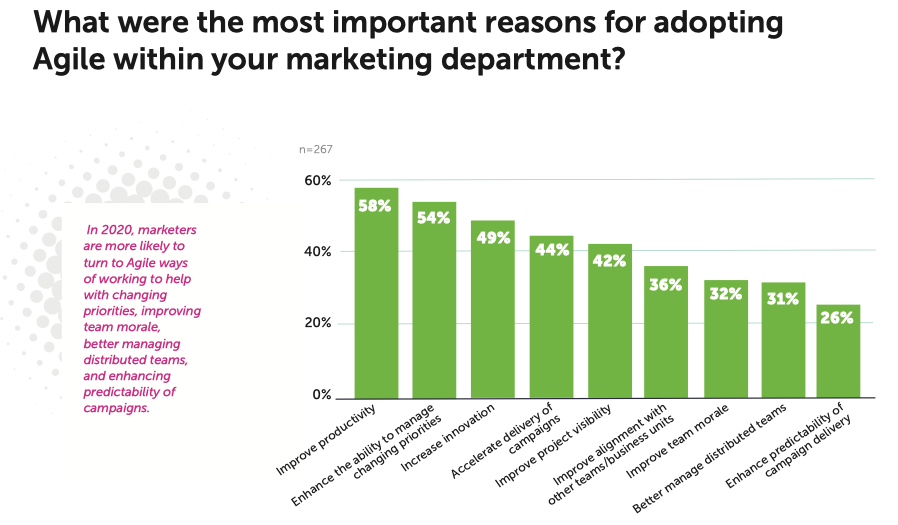
You can download the report from here.
I was interested to note one of their Form field options - it had two main options in the Are you looking for…’ form field, and no way to enter ‘Other’ details - which I found slightly confusing. But wasn’t a problem because it was optional.

Would have been good to have another option so they could qualify me appropriately.
Lots of great analysis on that page.
We discovered what send times were working based on opens.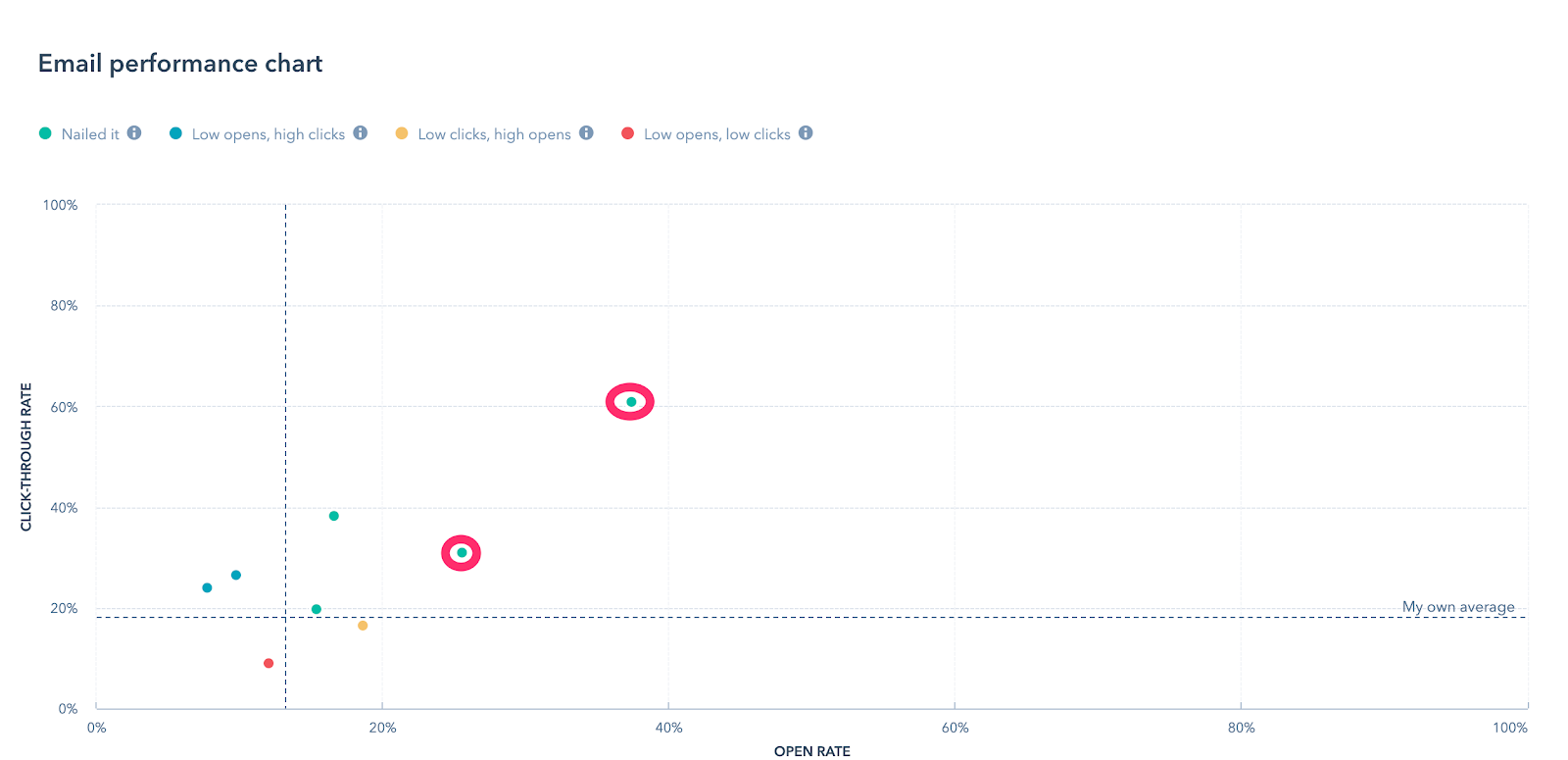
When you hover over these points it shows you the following that can be very useful!
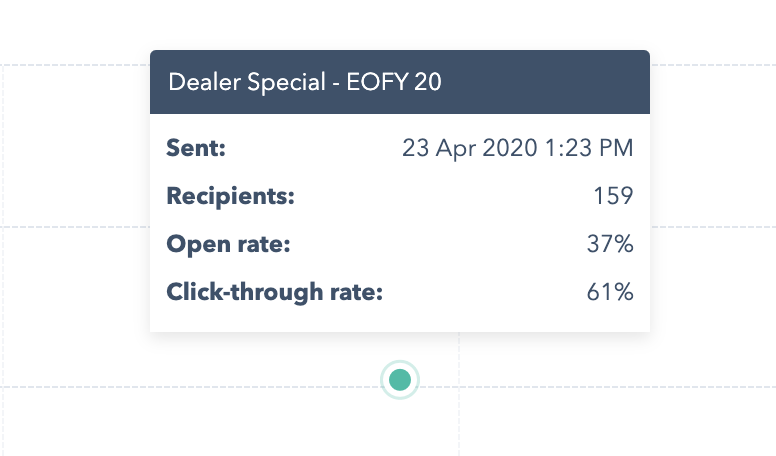
If your subscription is Sales Hub Professional or Enterprise, or Service Hub Professional or Enterprise, you can add users to your task queue.
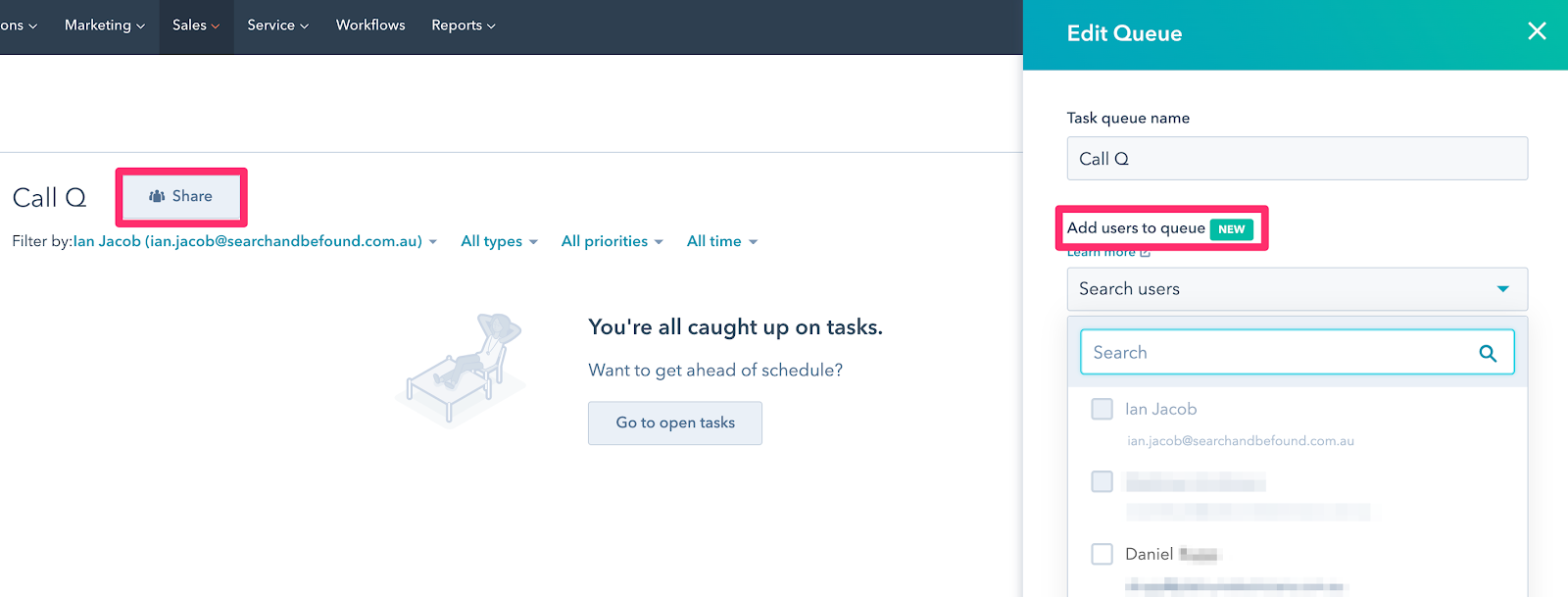
What is exciting is that if you have access to the workflows tool or sequences tool, you can create tasks automatically and add those tasks to a shared task queue, allowing different users who are invited to the task queue to view and complete the tasks!
HubSpot released so many cool things in April - too many to cover this episode, we’ll cover more next episode including the Property Recycle Bin and Product Properties.
This week we’ll look at the updates they’ve made to user permissions.
HubSpot has added the ability to set permissions on specific properties - this is similar to their content partitioning approach ie by adding Teams and Users.
Access it from the Edit Property form:
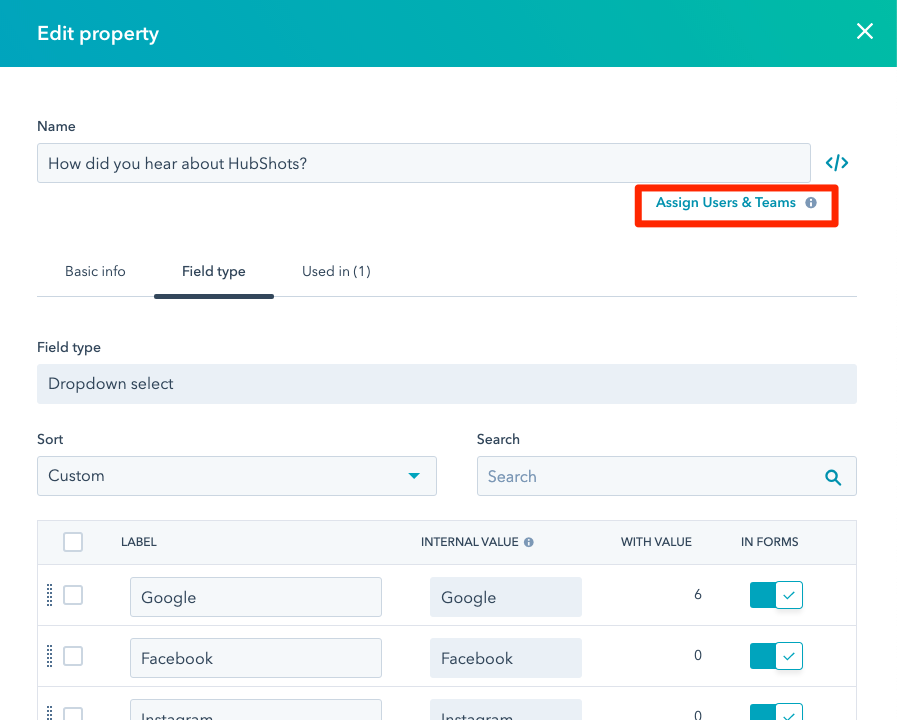
And then add Teams as appropriate:
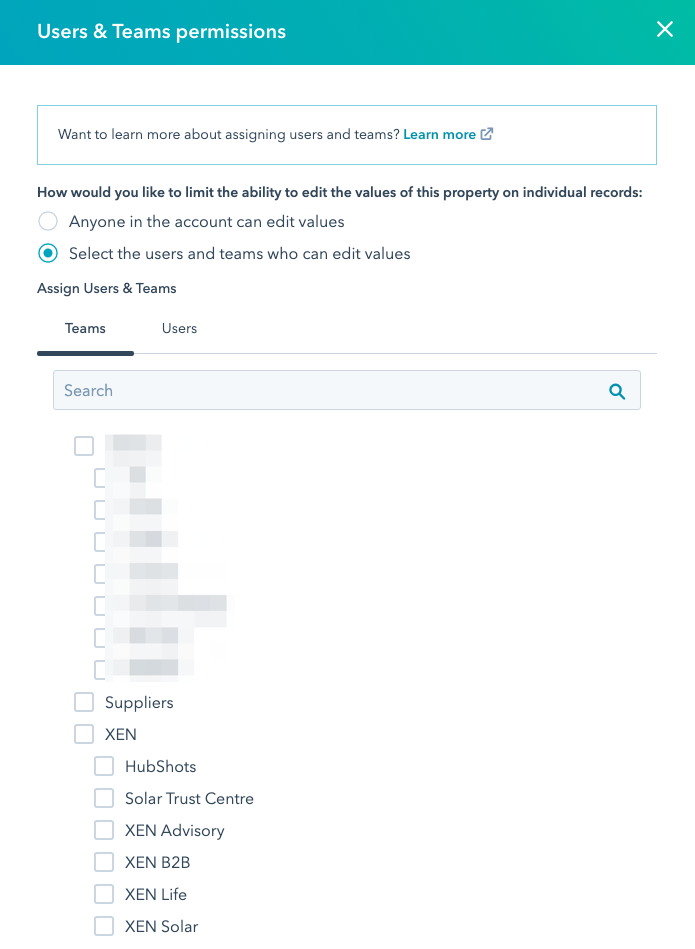
They’ve also added Account Access permissions for users:
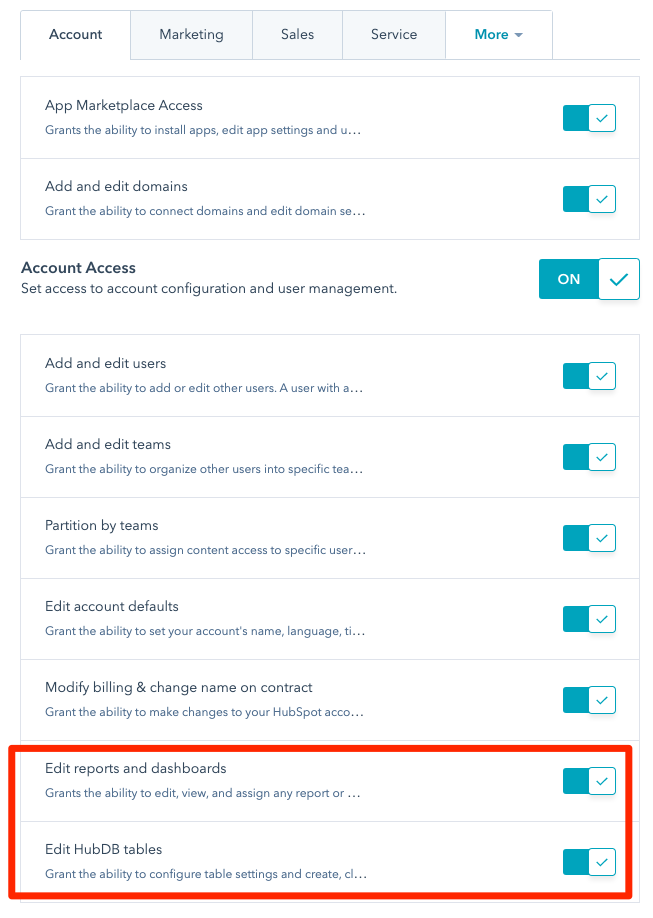
One important item to note - the Edit HubDB tables permissions:

This is in addition to the setting under Marketing which are for editing HubDB tables:
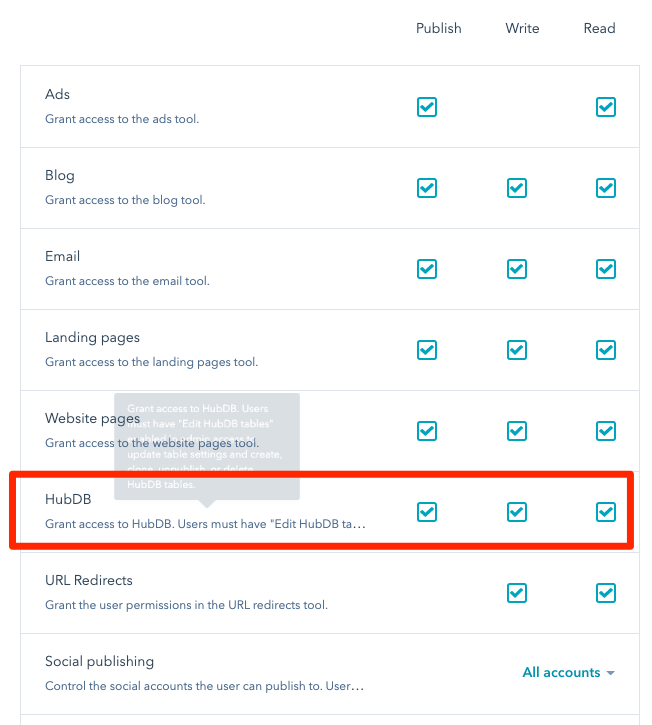
Possible usability issue. Discovered this when we have a date picker field in HubSpot forms and the default date format is dd-mm-yyyy. On forms, it shows like this.
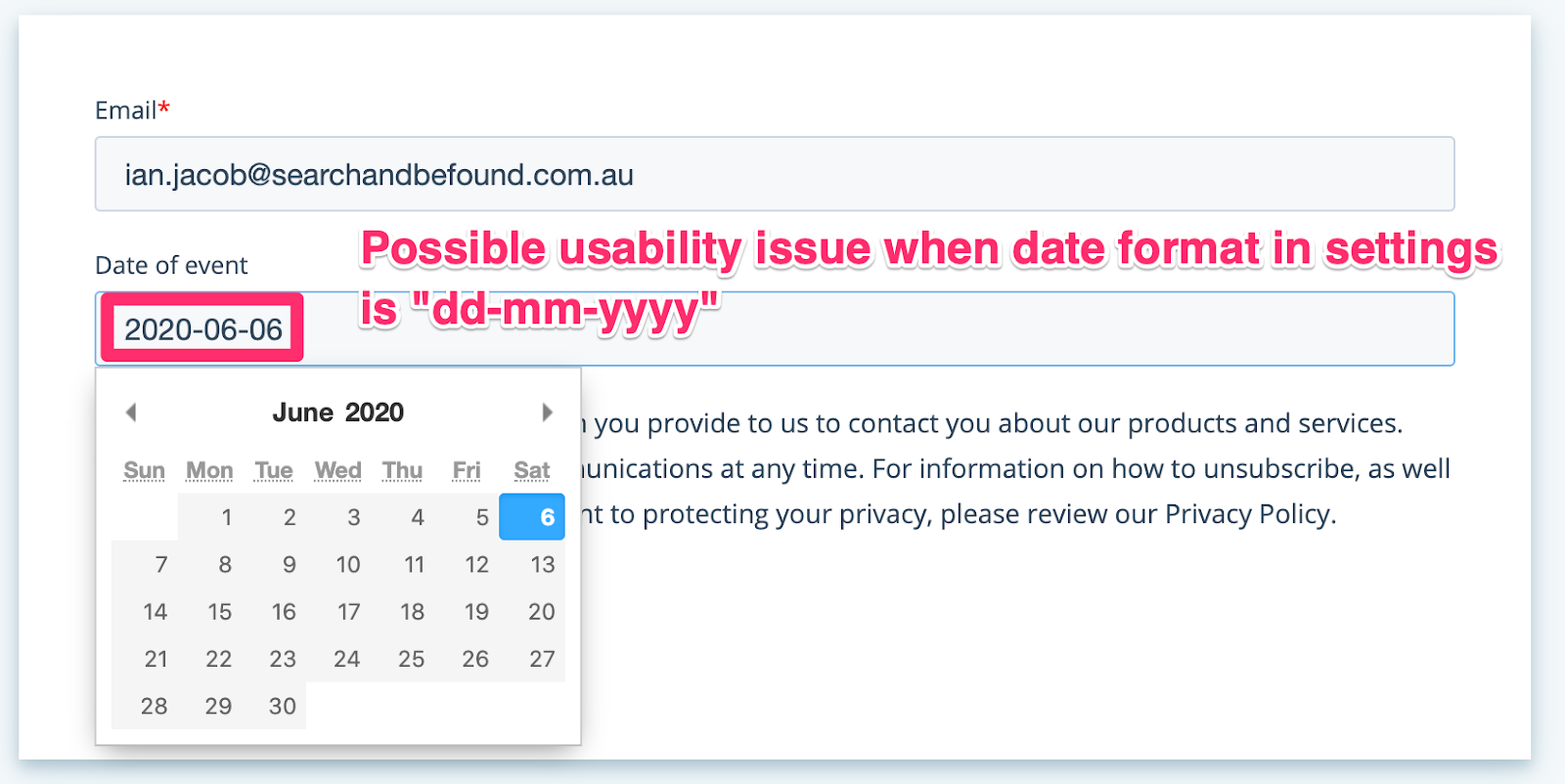
HubSpot are looking at fixing this to read the format of the dates on forms as per the portal setting!
Convince & Convert have released a B2B Content Marketing Trends to Watch in 2020 report (I tend to avoid using the word ‘trends’ if possible, but that’s their choice).
The full report is interesting reading, here’s a few key points:
One item they mention in their blog post is the focus on fact checking. It is on p21 of the report.
“Most B2B content has promotional aspects. The aim is to get people to take desirable actions, and that often means doing business with a company or at least showing a willingness to learn about them. When asked about their priorities, though, the vast majority of the most successful marketers put their energies into fact-checking and delivering highly informative content for their audiences.”

Shopify released an app (full details on the Shop app here) that allows two key functions:
Interesting to note that Ben Thompson at Stratechery didn’t like the app or the strategy behind it (note: membership required to view the article) - he considers Shopify’s key focus and opportunity to be a platform eg via their Shopify Fulfilment Network, instead of getting in the way between shoppers and the merchants (which he refers to as being an aggregator).
Craig likes how it will be a good way to ‘remind’ customers to purchase more - get a notification about an order, and be distracted by the list of deals in the app. Also, I wouldn’t be surprised if Shopify launches a big store website experience (probably not at Shopify.com though) that pulls in products from all of their merchants.
Shopify has also been working on other apps such as their POS console for merchants. And they recently released their Shopify email marketing products as well.
Very exciting to see how this evolves.
Key takeaway: if you are focussing more on your online store presence, then Shopify would be my #1 choice - way ahead of WooCommerce and other ecommerce platforms.
For marketers: focus on Shopify strategy, implementation and integration with your other platforms (eg HubSpot).
Not much happened in May last year!
Scout Suggest is a free keyword research tool. It’s quite handy for putting in a seed term and then getting a list of suggested search terms - it’s based on Google Autocomplete searches. Note that it is only a list of terms (it’s free after all) there’s no indication of competitiveness, search volume of the value of the terms. SEOScout have a paid tool that includes all this (but full disclaimer: we haven’t used the paid tool as yet).
If you’re looking for a good guide to the value and process of keyword research then this guide from Moz is worth a read. Note: Moz have their own keyword tool as well - with a free offering and paid upgraded version - we’ve used it and it is very good.
“Being enthusiastic is worth 25 IQ points.” - Kevin Kelly
Marc Andreessen wrote a compelling piece titled: It’s Time To Build. In it he queries why the US hasn’t built more stuff (public transport, housing, education, medical supply chain, manufacturing, farms, technology centers) in order to cope better in times of crisis. It’s interesting to ready, easy to agree with, but hard to determine what (if any) the personal action items are - instead it is a rallying cry for political support.
Connect with HubShots here: HubShots YouTube channel - HubShots Spotify channel - HubShots Facebook group - HubShots Twitter - HubShots Instagram - HubShots LinkedIn
Connect with Ian Jacob on LinkedIn and Craig Bailey on LinkedIn
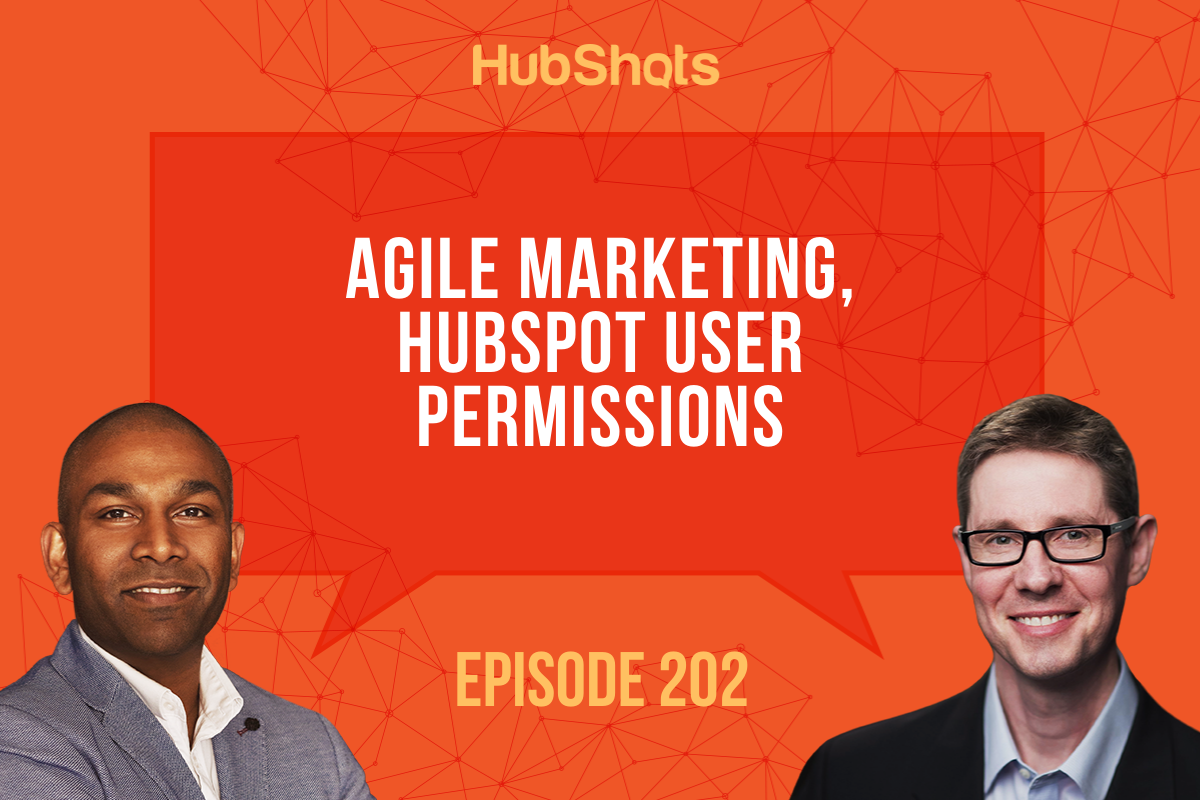
- Hi everyone, welcome to HubShots episode 202. A very palindromic number, Craig. In this episode we talk about Agile marketing, HubSpot email analysis tools and tasks queues and improved user permissions. You're listening to Asia Pacific's number one, HubSpot focus podcast where we discuss HubSpot tips, tricks and strategies for growing your sales and marketing results. My name is Ian Jacob from Search & Be Found and with me is Craig Bailey from XEN Systems. How are you Craig?
- I'm very well and congratulations. What other week for palindromic there! We should add that to the show. One into the week, nicely done.
- Now Craig, we're past the 200 mark, so growth throughout the week. We wanted to ask listeners if you could please go to our HubShots page on LinkedIn and help us share episode 200.
- Yeah, that's right. I'm keen to get a few more likes and comments on that one just to get a bit of awareness outside. If you could help us listeners, that'd be really appreciated. If you enjoy the show, that is. Also YouTube, we're on YouTube and I think, maybe one or two people know that. Given the ones and ones of views we get on each show. But Tara mentioned that she actually listens to the show on YouTube and she's saying, oh, maybe in this time when everyone's at home, they've just got YouTube sitting in the background. Maybe it's a good chance to just have HubShots playing along in the background.
- That's right, and I see what the best part is. She doesn't have to watch two turkeys that she talk about, about what they're talking about it. All right, Craig, onto our growth thought of the week. And we're going to talk about Agile marketing on the rise. Now I'm sure some people that are in our field, are hearing this term tossed around.
- I think if you're a developer in a past life as both you and I are in Agile marketing, Scrum and Kanban, LinkedIn, all of that, we just know that kind of stuff. And so we take it for granted. So when we hear anything around Agile, we're like, oh yeah, of course we've been doing that for years because most developments have. However, in the marketing space it seems that awareness of this concept is not as well known. And so I thought it was interesting that Scott Brinker raised this on his Chiefmartec blog and he referred to the third annual state of Agile marketing report from Agile shoppers. So I've downloaded the report. It was quite interesting and in fact I've downloaded a bunch of their eBooks following on that, nice kind of nurturing process they've got in place. The report is good, but I thought it might be good just to quickly recap or give listeners an overview, or I'll call it an oversimplification actually of Agile marketing, just so that they are aware what we're talking about. And this is an oversimplification, but yeah, take it as it's meant. Some of the key concepts around Agile are really around using techniques and I guess processes to rapidly get marketing pieces in market. So it's about speed, efficiency, and as we'll look at in the report, it's about quality as well. But there's a few things, they'll have clear queues or lists for tasks and they're often in a priority order and everything gets added into that. And then the tasks are broken down into smaller chunks that can be finished quickly. This is this idea of a very quick iteration. Some people might've heard of this minimum viable product. It's often a developer term around getting products to market quickly. Well that's coming into play with marketing as well. And you aim to have each person working off a single queue. And so in teamwork for example, you use teamwork, don't you Ian?
- Yes.
- Have you used the my work listing?
- No I haven't.
- I mentioned that because according to HubSpot when I was chatting with Elliott recently, shout out to Elliot by the way. He was saying by far the majority of agencies and marketing teams that he comes in contact with use teamwork as their project management tool. So we use it as well. So maybe listeners are familiar with that. And so we use the my work listing cause it just gives you your work in a listing. You can set in priority order, we use true date, but it's a nice way of having a single queue and often in Agile marketing they want this to be visualized so you can see it. We actually don't do that. And the number of tasks that you're working on tends to dictate how quickly work is done. So this kind of is obvious in hindsight, but if you've got a few tasks to do then you'll do them quicker rather than having tons of tasks when you're context switching all the time. And context switching is one of those things that they try to minimize. Although we've actually found that most of our context switching costs, this is where you switch between something and you get distracted, come from things like Slack and email and phone calls. It's not necessarily switching between marketing tasks, that's the problem.
- Correct.
- But then there's also things like daily catch ups, I'll refer to that as stand up. You might've heard that term. And then also review meetings if you might have heard the term retrospectives. So they're some of the terms. I know you use this in your agency as well. How do you find that there's an awareness of this whole Agile marketing approach when you're chatting with clients and also your team and other agencies in?
- Craig I think for us, we've always been of the understanding that implementing quickly and getting it out and testing and measuring, which is what we talk about a lot is really key. So I think probably in the last six months to a year we've implemented with clients, a lot of them is like, let's do a quick weekly meetings. Let's check the results of the previous week. Let's then see what we can do this week and measure the results. So we've kind of almost moved to this weekly model where we're testing and iterating on new things to make things better. And by not letting things run for too long. Now there are obviously factors. If you don't have enough traffic and you don't have data, that's not gonna work. So this relies on having a center traffic and data and analytics that you've got in place to make things happen. So being really clear and having that one thing has worked really well. I think this is also on my journey as a business owner is understanding I can't do everything. So I've gotta focus on a few things. I just needed to do that one thing this week that gets me to my goal. And we've essentially just rolled that out across with clients as well and keeping it really simple. That's really been the key.
- Yeah, I think that's really good. And moving onto the report now, the main goal, it's interesting what you said there, getting one key thing out and also quality. Based on the report, and by the way I will say this, the Agile shoppers reports based on 637 predominantly U.S. marketers who responded. So it's a good sample, it's not huge though, but the main goal of adopting Agile, I had in this kind of order was increasing productivity, increasing the speed of delivery and improving quality. And I think that's what you highlighted there. But there's also this ability to easily change priorities and also easily show what is worked on. We find this with clients who are delivering their stuff and they're kind of like, whoa, where does this all fit in, the kind of scheme of things. And that's where a tool like teamwork and those many other project management tools really make it easy to communicate that kind of thing. So well worth downloading that report. And I've put a little thing in the show notes where I've made a little comment about the form, one of the form fields I had. We won't chat about it now cause I've probably gotta move on in terms of time but a little extra there for listeners if they wanna check out the show notes but well worth downloading the Agile marketing report.
- Craig, onto HubSpot marketing feature of the week. And we're gonna look at the analyzer marketing emails section within HubSpot. Now you might have seen this, it has a little new beside it when you go in and I thought, oh let's go check this out. So now analytics has moved around and things have changed. What I liked about this, we do a lot of email marketing for customer of ours that is in the medical space. Now, it was interesting when we first started doing it and they were using MailChimp to do it before we moved over to HubSpot. It was a bit erratic. And so most of the time we find send emails first thing in the morning works really well. People get up, first thing they do is get their phones, scroll their emails, have a look. Anyway, while we're doing this, I've been testing out different times of delivery within HubSpot. One thing I wanted to highlight with this on this page with the analysis is that they have an email performance chart. And what that shows is your campaigns that was sent out to the little dots on the graph. It gives you your average, let's say delivery or open rate, et cetera, and it plots the two. So one of the things I realized, and what we were doing was, I highlighted over each one of these to figure out, okay well who did it go to? What was the open rate? What was the click through rate? And then also tells you what time it got sent. And I saw all the ones with the higher click and open rate were actually after lunchtime. So now I've just been testing it different times during the lunch period. So I started with like around 12 o'clock and actually what's funny is the one that's done the best is the one that's gone towards the end of lunch, which is probably like one o'clock 1:20 which you'll see in that report. But that was to a different segment of the database. So it might just work because it happens to be the dealers that we're getting that email. But I just thought it was really interesting because I could get asking the questions like, how do we make this open rate better? And I just went, oh, hang on, here's all the data I can tell you in and because I actually have it. So I don't encourage people to have a look at that within HubSpot to get some insight and don't be afraid to test and measure.
- Two things, one that's a really useful report and I like how you can see very quickly on one screen the difference between the different campaigns you've sent. And then two, I think in your case, really good open rate and really high click through rate as well. It's really useful for people to test and measure. I think that's right. Most people don't even test and measure. Now I'm dubious around send times. I think we've covered this before and I know people do analysis where they're like, they analyzed millions and millions and they find that, Tuesday afternoon is the best time. I really like how you test and measure, cause it's very specific. It's about the segmentation. And I think you're really spot on there with working out and testing things within your segment cause it'll be different. And that's the problem with large numbers. People take these millions of sane reports and I think, Oh the average was Thursday afternoon or something. I've got to do that for all mine. No, you should test and measure. And this makes it really easy to see the results of that. So I quite like that.
- All right Craig, onto our HubSpot sales feature of the week. And this is about sharing tasks queues. So if people have been using tasks queues to do their daily calls, follow ups to-do's, it's been a great way to make it a sequence of events that takes you to the contact record and you can go through this in a seamless fashion or you can reschedule it. What they've done now. And so one of the things when I started doing this and creating tasks for people, I wanted to put this in a queue like this is your core queue for today. So I wanted to stick it in a queue and you could never do that. Anyway it's here. Now you can actually put things, when you're creating tasks out of workflows, you can stick them into a queue and can even happen in a sequence. You can stick into a particular queue. So that's one thing. The second thing is that you have the ability to share the queue with other people. Now the caveat to this, and you'll see a screenshot in the notes, is that you've gotta have sales professional and sales enterprise to be able to do this. Now if you click share on that queue and you wanna share that queue with somebody else, the people that don't have licenses will be grayed out. And then people with licenses will be able to see that queue. But you know what? This is a great improvement.
- Do you remember when they were first rolling out? It wasn't this particular one, but was when you were adding users to some and you could add anyone. I think there was a bug initially when there were, and you could add, well, they've locked that down now. You must have the prominent enterprises. Okay, that's really cool. And these little touches that kind of make the difference, isn't it? They're just tweaking and improving things--
- Incremental change, Craig, incremental.
- Was that call Kaizen change, isn't it?
- The Kaizen principle, 1% every day.
- We're all with the words of the week.
- It's been a long week, Craig. Anyway, what's our house for extra of the week, Craig?
- Well, there's so many, and I'll just say watching the Hubspot product updates video on YouTube. We've got a link in the show notes to that. There's so many to cover and weren't even gonna cover a few. And so we'll cover more like, things like property recycle bin, product properties, all of those, we'll cover those in future episodes. Workflows on service data. I haven't even checked that out yet.
- So in saying that with the new and updated pricing and inclusions of service data and sales data, it now includes basic automation. And remember we talked about why do we have automation in the sales part in a different view versus automation in the workflow? And then that is exactly why because that was this data feature that was being rolled out and they were obviously testing it to see how this will fit and how it's being used. So definitely if you have bought sales and service data or you bought the growth suite post, I think third, maybe late April into early May, you will have those features. So go and check it out.
- But in terms of things that we are gonna kind of, I really like this increased security and permissions they've got, so two little things I'm kind of rolling into one under this one heading of security and permission. So the first is on properties. So contact properties, company products, et cetera. You can go into a property now and assign users and teams. I've got a screenshot in the show notes just about say a custom property we've added for HubsShots. You can assign users and teams and then I've got a screenshot of how you can assign them. So that's actually quite useful because you might want some people to be the guardians of particular dropdown fields. You kind of let, well I don't wanna point the finger too much at salespeople, but they kind of like, oh, we wanna add another thing to that. How did you find out about us, drop down? And before you know it becomes this huge long mess. And like marketers, the marketing things, who added these, why are they in there? Where you can lock all that kind of stuff down. So that's a nice little touch. And then the second one is about account access to permission. So this is on the users specific permissions. I just highlight this under the account setting. You can say whether they can edit, edit users, et cetera. But one of the key things is there's a thing for editing HubDB tables, and I wanted to call this out because it's separate from the one that's under marketing permissions. You may recall under marketing permissions, you can publish and write and read HubDB entry. So that's a permission and we've normally given that to people. But now under the account access, you've actually got further permissions about whether they can unpublish, clone and configure the settings in the table and delete them. So just be aware of that. In case you're thinking like, oh, I'm under marketing, I gave them permissions for this. But they can't do certain things. That's under the account permission. So potentially a little gotcha there but we haven't put it in gotcha of the week cause it's more of been, I really like this idea of bringing permissions and granularity to the way that we set up accounts for access. It's getting complex yes, but necessarily so, and I still think that the permission model that HubSpot use and the way that you can easily take things on and off is still very intuitive compared to many other products where this stuff gets lost and totally confusing. I actually think the way HubSpot does it is still very simple compared to other tools.
- I agree Craig. And I think this is a real improvement because I know that as we deal with bigger businesses and we deal with teams that are spread all over the country and we deal with franchises, this is what comes up. It's like I wanna be able to not let those people touch that field and it's so good to see that it's come into play. So well done. All right, onto our gotcha of the week Craig. And this is probably not really a gotcha, but a more of a usability issue. And so we were working with a customer. So in Australia, in the UK, we set our dates in day, month, year. Now in the U.S. it goes year, month, day. And so they were like, okay, cool. And then we created a form, I'm like, okay, because they were trying to select event dates. So they wanted people to be able to select, this is the date of my event. Now what happened was in the form when you choose the picker or you see it, it actually goes by year, month, day. So they're like, can we change that? And I'm like, oh yeah, well I thought it should be. Anyway, I got into HubSpot support and a few people have complained about it and they said, look, what's happening is it's not reading the settings from HubSpot portal and therefore it's displaying like that or there's not enough time for that thing to happen. So they're working on something to fix it so that it is better from a user perspective of if we're expecting to see date in day, month, year as opposed to year, month, day. And that's a pump hearing on our form.
- But isn't the issue just the way that it's formatted? So instead of like you've got a good example here in the show notes where you've got 2020-06-06 actually a better example would be if you had 2020-05-06. Is that the 5th of June or is it the 6th of May?
- Exactly!
- It's hard to tell. But if you just change the format to say, 06 May, 2020, rather than having that format, wouldn't that just solve it? So it's the display format. You can still tell from the picker, but it's by format?
- Correct, exactly. Anyway, they're working on something. But just from a usability perspective, I thought I'd share that with people just in case they're like, why does this not happen?
- I think that's a very good example.
- Marketing tip of the week, Craig. And we're gonna talk about B2B content marketing insights.
- I've had this one on my backlog. I've been wanting to chat about it on the show for a couple of episodes actually, but we keep pushing it back cause other stuff comes in. But this is a report from Convince & Convert. They've called it their B2B content marketing trends to watch in 2020 report. You know how I often bag out people and reports who are saying trends for starters and then also trends in 2020. It's kind of click-baity. So that's why I prefer the term insights. However, this is quite a good report. I think it's useful, I quite like Convince & Convert. We've featured them on the show many times, but the report covers a ton of useful insights, but we'll just pull a few out. And in particular that content marketers, B2B content marketers, they tend to be largely top of the funnel-focused, which kind of makes sense, but it's also an opportunity I think, and maybe that's aligned with goals. Marketing teams are often KPI'd on leads rather than conversions, which might be more bottom of the funnel pace. 84% is paid distribution. I'm sure that's in an inbound way though, Ian. But interestingly most marketers, and perhaps this relates to the first term about top of the funnel bit. They have metrics for content performance, but very little for ROI measurements. And I hear this a lot and it's really hard, if you're doing content marketing and getting leads. Calculating ROI, especially if you don't have the full loop visibility which often many marketers don't and especially on very long sales cycle industries, which B2B can be, if it takes a year to convert someone. How do you work out ROI upfront in the first month on the campaign can be very hard. I thought that was a very useful insight and something I'm sure will be the focus of many marketers. We've got to get a much clearer picture on terms of financial ROI on leads. But then there was a good item that you notice from their blog posts that's actually from 20, it's covered in page 21 on the report. Do you wanna chat about that?
- Yeah and what that was, it says most B2B content has promotional aspects and the aim is to get people to take desirable actions. That often means doing business with a company or at least showing a willingness to learn about them. When added about their priorities though the vast majority, of the most successful marketers put their energies into fact checking and delivering highly informative content to their audiences.
- The vast majority of the most successful marketers put their energies into fact checking and quality. I think that's a really useful insight.
- It's one that really stood out, Craig, and that's why I highlighted it to you. Because I think both you and me, we are both about checking stuff and delivering that high quality information to people that we're serving. And we don't want to just take things out of places that have no, let's put it good foundation. So this is really encouraging to see that the people that are doing it well, are really keen on making sure that they get their facts right.
- Yeah, I would just highlight. I'm pretty sure most marketers don't put their energies into fact checking, but most successful marketers do put their energies. And I think it's really important and as we covered on the show, it might've been last week when we were chatting about Google's focus, especially around COVID and crisis related content. It's all around authority and quality and factfulness of the content. And that's going to relate to all industries and especially people with purchase intent are very much interested in the quality or the reliability of what they're rating from marketing. So use that insight well in your approach to content creation.
- Craig, onto the insight of the week.
- Can I chat about Shopify? eCommerce of course, has been--
- Such a boom industry.
- Rapidly focused on by many companies at the moment trynna move to online, especially even with training and other nonphysical products. As Shopify released this app, it's called the shop app. Maybe you saw it, did you actually say this, Ian when it rolled out? I think it was last week.
- No.
- It's actually an app. So Shopify have released an app called Shop. I'll just explain what it does briefly and has two main functions. You can track orders. And admittedly this was, they had an app earlier, I think it was called Arrive and that was a tracking system, but they've rebranded it. But also you can follow brands. So you can go into the Shop app and you can do a search of all the different and it'll surface every single Shopify app. And there's millions of Shopify-powered stores globally. So you can follow your brands. So you could follow Allbirds, shoes or hands and belts or things like that. And it'll have latest deals and a selection of things to promote to you. So I was looking at this, I was thinking, I thought this was really interesting and I can see this as just the tip of the iceberg for Shopify. Once they have a scale where they've got millions of shops, which they do now, and increasing, they have a chance to aggregate or be a layer on top, which highlights all of those brands. And of course they're across many different industries and things like that so you can see where this is going. And I wouldn't be surprised if they released another website. Maybe it's gonna be called shop.com or maybe, I don't know.
- I think shop.com is taken.
- In a domain shop this thing is probably a $50 million domain purchase if they wanted that. But they become in a sense a little bit of a mini-Amazon. Because they're across the top of the brands and you'd dig into the shops on the flight. So I see it as a really good idea and I think it differentiates them from say WooCommerce and other tools, maybe BigCommerce have got similar plans. I'm not that familiar with what they've been doing lately. Anyway, I thought it was a very interesting insight and for marketers, I think we should be really thinking about this. I will say though, I love Stratechery by Ben Thompson and so I'm a subscriber and I read his content. He doesn't like the idea. He was very unimpressed with it. So I thought I'd just put that in the show.
- Really?
- Yeah. And he's thinking, which I totally understand I kind of agree with everything he says. I'm very nervous about speaking differently to him on this particular case. But he sees Shopify's power as a platform. They have their Shopify delivery network, so their merchant service and so the power they do is they connect merchants seamlessly with all these other delivery partners and things like that. So that's the power of Shopify. Again, something WooCommerce doesn't do by the way. So he sees that as the power of Shopify, whereas being a layer on top, inserting themselves between consumers and merchants, he sees that as a bad move. And in fact he sees them kind of competing with merchants in a way to get attention from consumers. Now I can see that, but I'm not an expert in this, but when you look at Amazon, they're all across the stack. They're right across the top, but they're also across their delivery frameworks then. So I'm more positive on it than he is. This is what I've been waiting for from Instagram. You know how we keep hearing about the Instagram eCommerce, is gonna be coming in and out and all this? Facebook has access to so many more providers than Shopify does. Sure, they've got a million or more sites, but that's nothing compared to hundreds of millions of potential sellers. So I agree it's smaller, but I really think Shopify is the future here. And so the takeaway and weren't mentioning it in the show is because marketers are frantically, I use that word frantically looking for new avenues amidst the current crisis. And I kind of feel if you're gonna be investing, marketing thought and attention into where your online outlet is, it's gotta be Shopify as number one. I just can't, unless you're heavily invested in WooCommerce in terms of dev features or something else. I just can't see how you would not use Shopify. Anyway just throwing that out there. What's your thoughts, Ian?
- I think you're on the right path, Craig. And one of the things I have seen recently because we've helped a lot of people set up stores and I guess all of us have been buying stuff online. One thing you realize is that once someone has a Shopify store and they've got that feature enabled where if they recognize that it's already a Shopify customer, like I know when I buy stuff and I put my email, and it says, oh, I recognize who you are. Here's the six digit SMS that's coming your way. Pre fills all your details. And in two clicks you're out of there. It's almost like an Amazon experience or better. And I just think, wow, it's just that one feature is amazing. And just the ability to set it up quickly and do things is something that we need to be aware of in terms of the speed to market. So again, we spoke about speed before. This is one of those places where speed is gonna become a really key attribute.
- That's a really good point actually. I realized I didn't qualify earlier. So you need to have Shopify payments, which is that functionality you're talking about there. You need to have that enabled on your store. I don't know why anyone wouldn't have that enabled by the way, but you need to have that enabled for your brand to appear in the Shopify app. I think they might've limited it just to U.S. stores at the moment, but it's rolling out globally. But that's exactly right. It takes the friction out and that's part of this app's benefit as well and you can just be in the app and push from the app seamlessly.
- All right, Craig, onto a throwback of the week. And then guess what? There wasn't much going on a year ago in HubSpot, so we had stuff very early in May and which we spoke about. There was a whole refresh of the campaigns tool, which we spoke about in the last episode. And there wasn't anything towards till the end of early June. So and then it was really interesting. I went, oh well I'm gonna go to status.hubspot.com and see what was going on in terms of support or in terms of outage of systems and system performance. And again they redesigned that as well. And I haven't put it in the show notes but there wasn't much. I mean it's just the usual you get, there was an interesting thing where I think there was internet service provision happening in Australia so people couldn't access HubSpot at one particular time. I think some parts of analytics didn't work or list and get updated. When we're talking about a massive system, we expect a few things but nothing major. But so it was interesting. It has been a quiet period and maybe was it earnings calls time recently? Maybe a year ago? Maybe that's why we had a bit of a quiet time.
- Could be.
- All right, results of the week, Craig. We've got some keyword research tools.
- Yeah, so just very quickly, cause I know we've gone over time, but scout suggest freaky wind research tool, check that out. Limited doesn't include search volumes or anything like that. Competitiveness, but it doesn't include a very good list based on Google autocomplete. And while we're talking about keyword research, there's a great guide from Moz. They also have their own keyword tool, which is very good. They've got a free and a paid offering as well. So details on that in the show notes.
- Now, Craig, you've got a quote of the week, from Kevin Kelly and I have no idea who Kevin Kelly is. So, I'll read the quote it's--
- Being enthusiastic is worth 25 IQ points. I love this, this is from a blog post that he wrote around 68 pieces of advice. He was turning 68. I think he's one of the founding editors of Wired Magazine
- You're right.
- And quite well known in terms of technology innovation and change over the years. And he had a post where he just shares all these pieces of advice, well worthy to read. And we've got a link from that in the show notes as well.
- Excellent. Now we've got lots of bonus links in the show. And listeners, thank you so much for listening to us. Please again connect with us on LinkedIn. And tell us that you listened to us, we'd love to hear from you. Thank you for everyone who has shared our 200th episode. We greatly appreciate that. You can listen to us on Spotify, on YouTube, on Apple Podcasts, and just share it with somebody, that will help them. And we do really appreciate you, again in this time when we're all in isolation. I was slowly getting out of my isolation. I wanna just put an offer to everybody is to please don't be afraid to contact Craig and myself and ask for help. If you need help, we will surely help you and if we can't, we will surely pass you onto somebody that will and don't be afraid to ask us. We will be more than happy to help you guys. Well Craig, until next week.
- Catch you later, Ian.
- [Narrator] Thank you for listening to this episode of HubShots. For show notes, resources, HubSpot news, including practical strategies you can implement, visit us at hubshots.com.
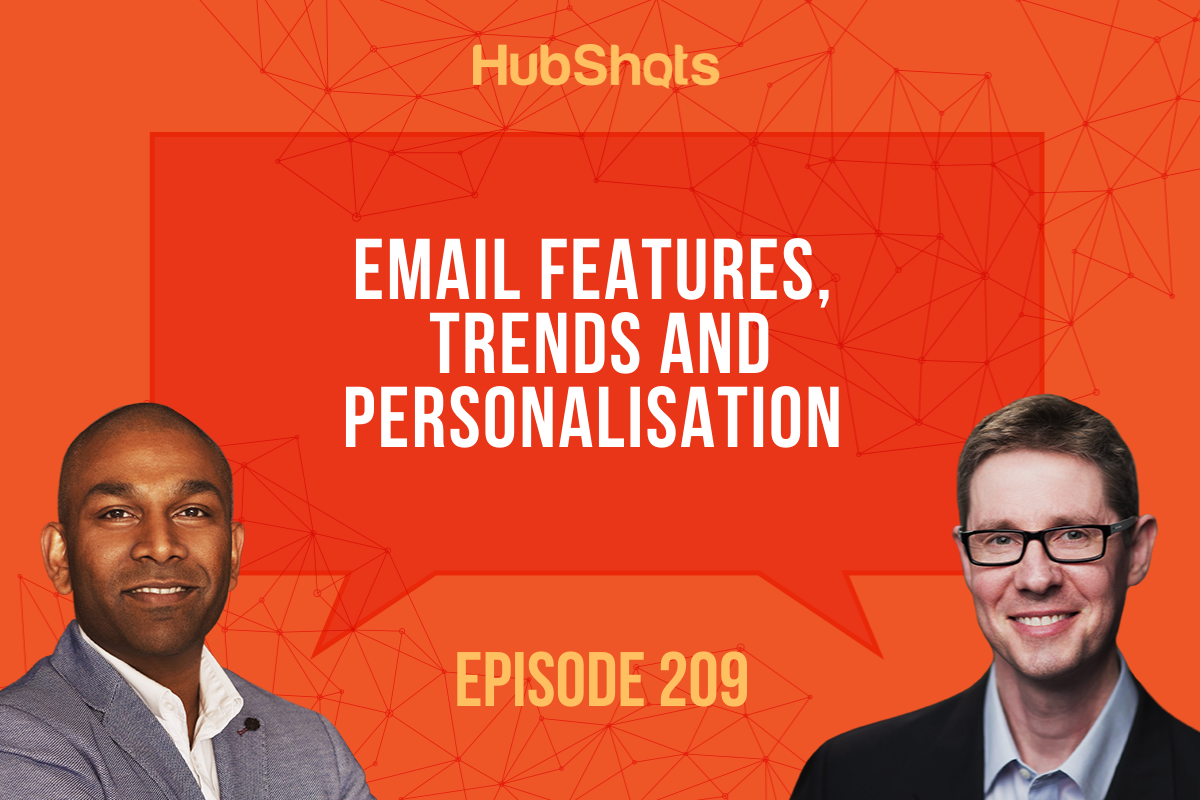
Welcome to HubShots Episode 209: Email Features, Trends and Personalisation This episode we discuss email features, trends and personalisation along...
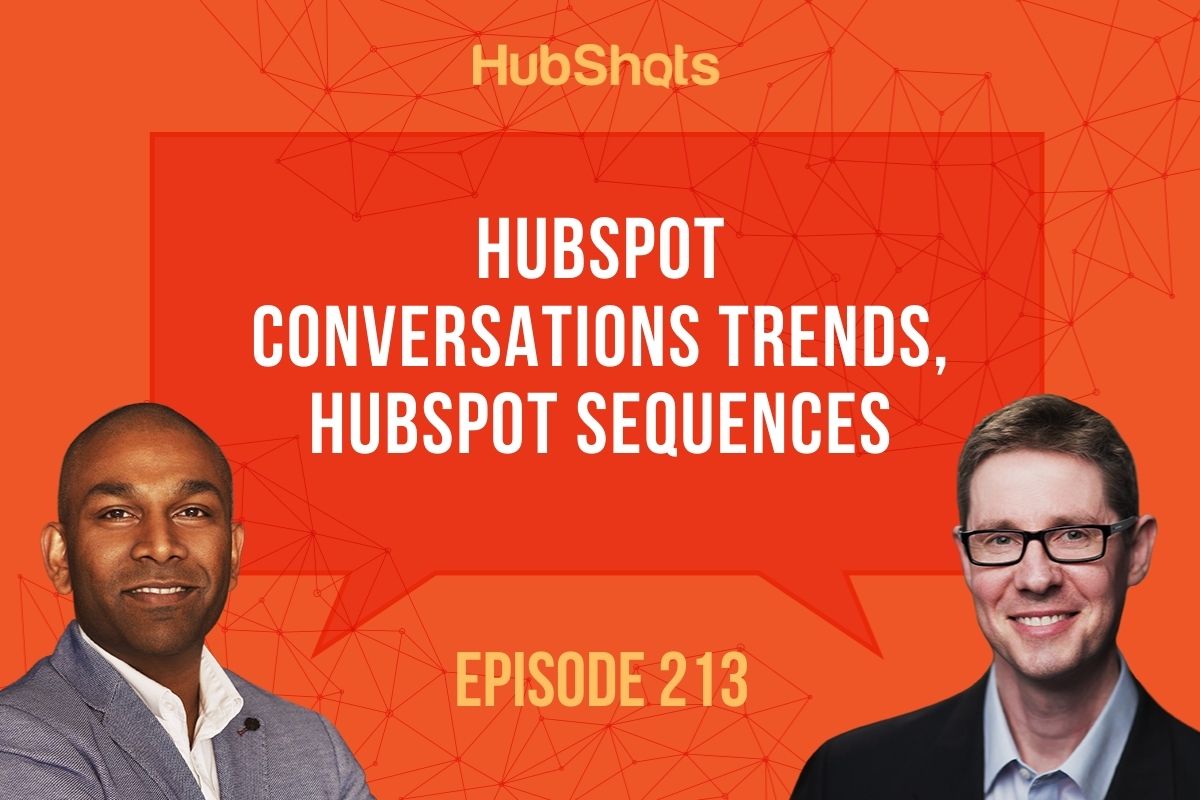
Welcome to HubShots Episode 213: HubSpot Conversations Trends, HubSpot Sequences This episode we discuss Conversations trends, HubSpot Email...
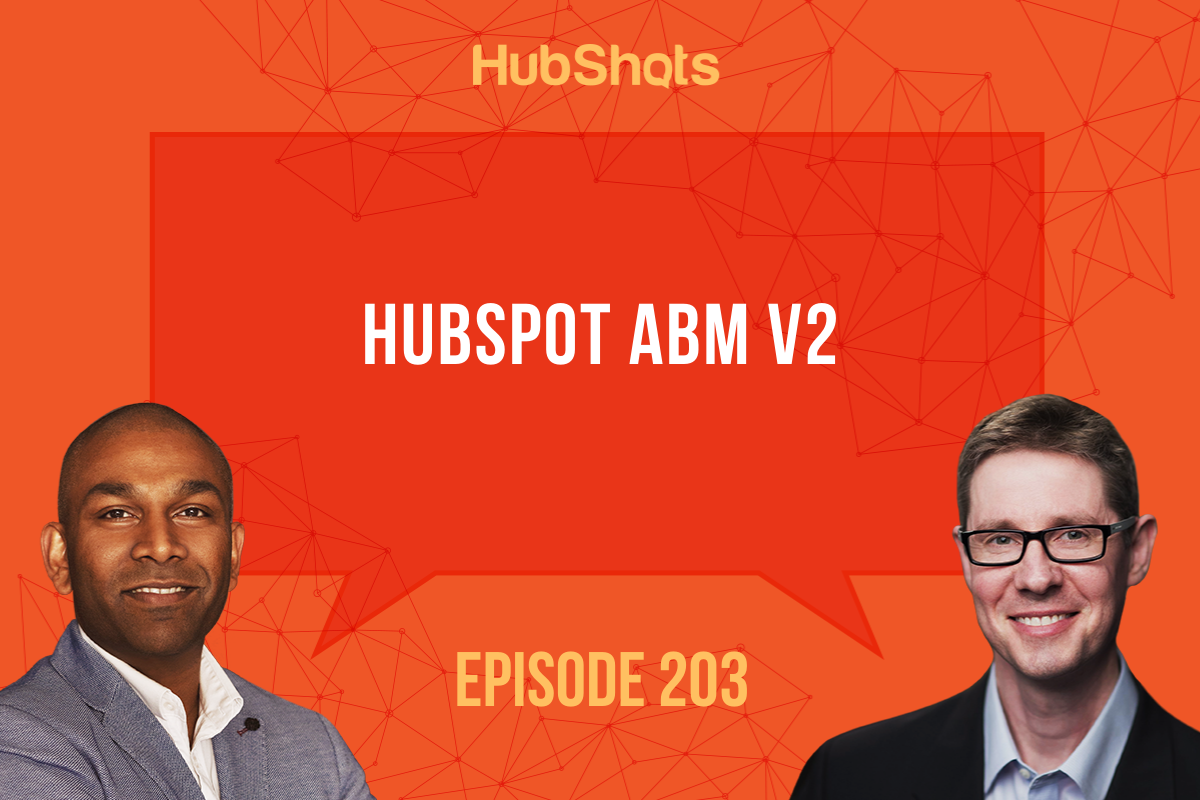
Welcome to HubShots Episode 203: HubSpot ABM V2 This episode we chat about further improvements to HubSpot’s ABM approach including new...